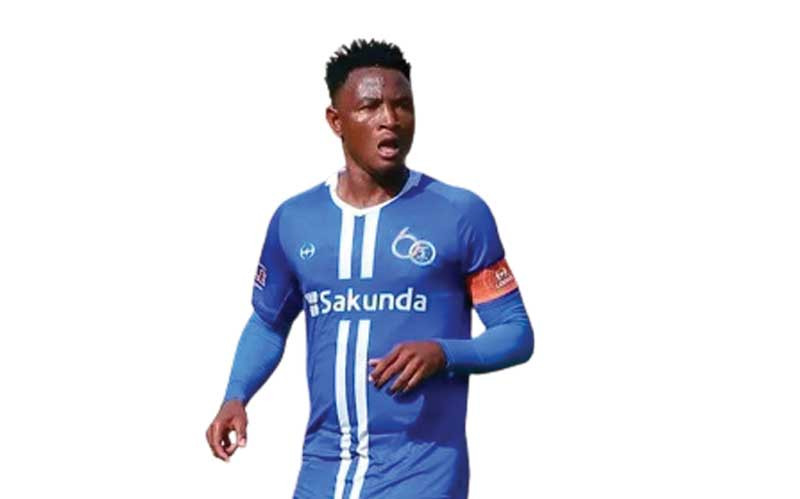
BRYSON DeChambeau is a remarkable golfer, ahead of his time, always looking for ways to improve. He studies golf scientifically; he uniquely makes all his iron clubs the same length (while all other golfers have different lengths for different clubs); he put on a great deal of muscle and weight during the initial lockdown in order to gain greater power with his swing; he is driven to drive the ball over four hundred metres; he experiments by using a longer driver; he putts differently than the vast majority of golfers (though many golfers for years have been experimenting with different putting styles and techniques, as well as different putters) to try to find the magic formula for success.
BY TIM MIDDLETON
The 2011 film ‘Moneyball’ explored the world of baseball by following an innovative new coach who challenged the traditional methods of selecting and recruiting players and developed a whole new system never seen in sport before. It originated from a young Yale Economics graduate, inexperienced in sport, who researched and developed a means of assessing a player’s value to the team, based on statistics that measure the player’s activity during a game.
Increasingly, all sports coaches and managers are using scientific data to assist them in their assessment of their players: in soccer, Opta records numerous details of information about each player during a match and even in practices, from their heart rate throughout the match to how far they run to how much weight they lose to where they go on the pitch and to how many times they touch, pass, intercept, head the ball. All this is meant to show how the player is performing and whether they should be selected.
Of course, such systems are not used at schools — well, not officially. Traditionally coaches will determine players’ selection based on the player’s performance, most of all on their skill level. Without using such scientific methods, coaches determine simply by watching from the side-lines how fit a child is, how much time he spends on the ball, how well he tackles, how often he scores, how often he is in the right position. It is subjective, most of the time, and used to support the coach’s own preference and prejudice. The coach will justify his selection by pointing out the child has a weak right foot, a slow brain, a poor technique or other factors.
Alternatively, also traditionally, coaches look at a player of school age, give him a run around with the ball and make a fairly quick assessment of what position that youngster should play. Most of the time the selection is based on the player’s physique: if he is tall he will play in a certain position; if he is small he will play in another; if he is heavy, some positions will suit him better; if he is slight, other positions will be preferred; if he is fast, put him here but if he is fit put him somewhere else. And of course, the large child will always go in goal.
It all seems so clear and obvious. The problem, of course, is that, children grow at different speeds and so a child may be tall at an early stage but ends up not being particularly tall, but the child has been so brainwashed into thinking he plays in a certain position and has only played in that position all through that he cannot play in another position which may well be far more suited to him now. We have typecast the youngster at a very early age, to his extreme detriment.
If we are going to be scientific, as seems to be the way forward, then let us be scientific. However, we must remember that science is all about experiments; we learn by trying things out to see if they work.
- Chamisa under fire over US$120K donation
- Mavhunga puts DeMbare into Chibuku quarterfinals
- Pension funds bet on Cabora Bassa oilfields
- Councils defy govt fire tender directive
Keep Reading
We need to employ a similar approach to our coaching; we need to try children in different positions, lots of different positions, all different positions and not just do it for one practice, one game, in the same way that science does not come to any conclusions through one simple brief experiment. It takes time for players to learn new positions, so we need to give them time.
Do not put children into certain positions at a young age. A child does not specialise in academic subjects at a young age, even though she may show real talent in some subjects at a very early age. Rather, it is not until a child comes to post-IGCSE that she specialises in three subjects. Such experimentation will not go wrong; in fact, the child who plays in defence will have a better grasp of his opposing forwards from having played as a forward once himself, and vice versa. Experiment! Try players in different positions; give them all opportunities. It will certainly increase the player’s value.
- Tim Middleton is a former international hockey player and headmaster, currently serving as the Executive Director of the Association of Trust Schools Email: [email protected]











